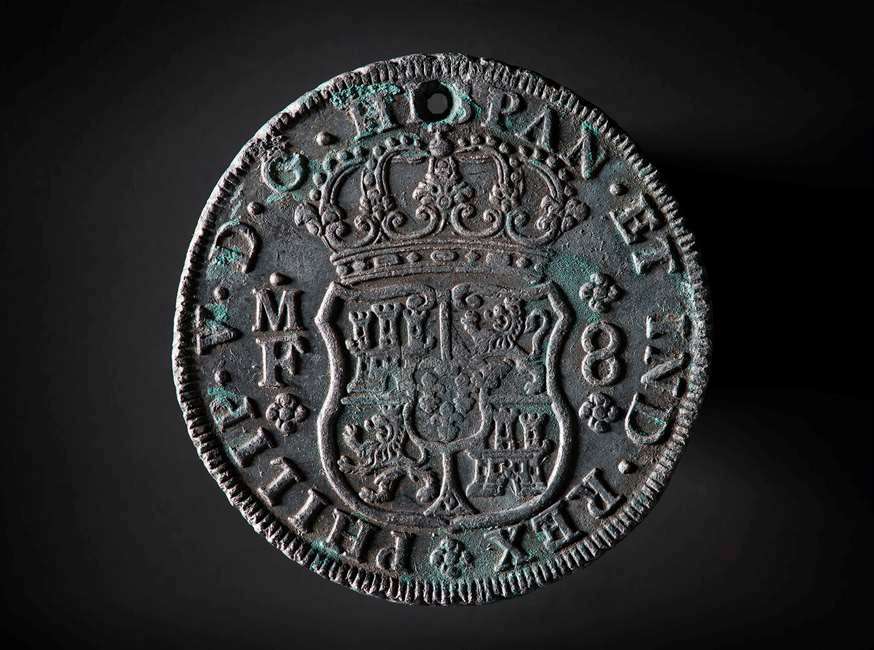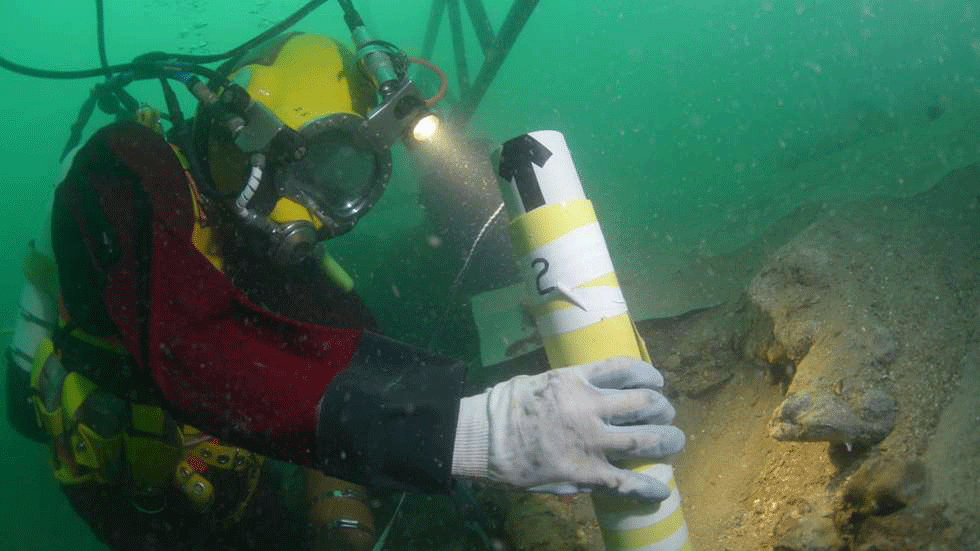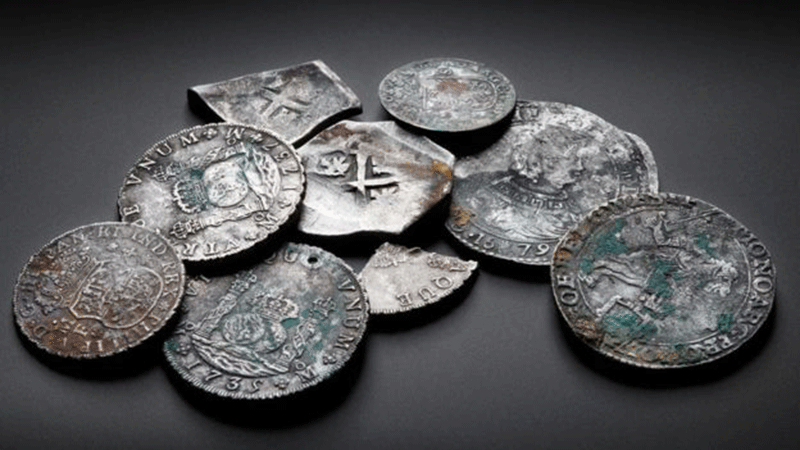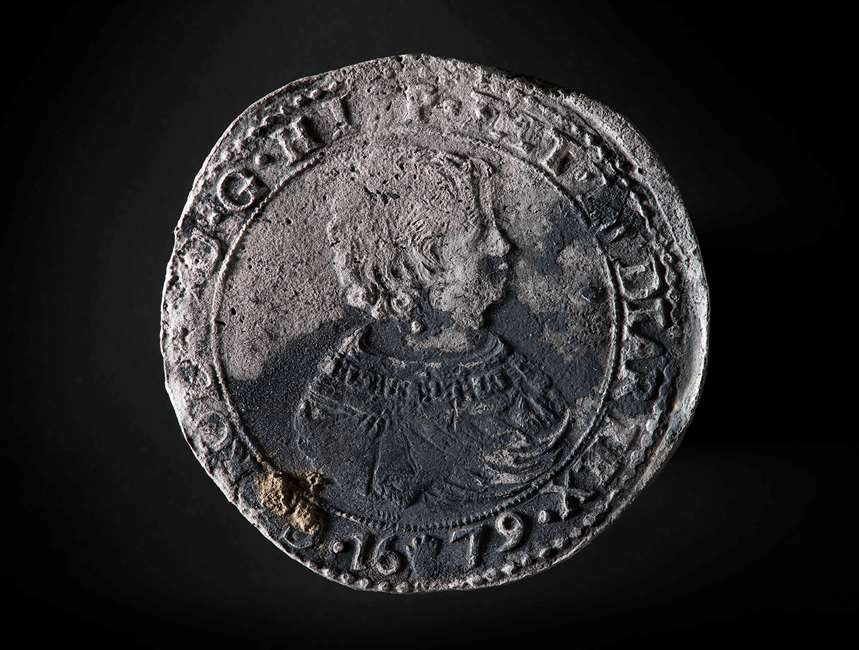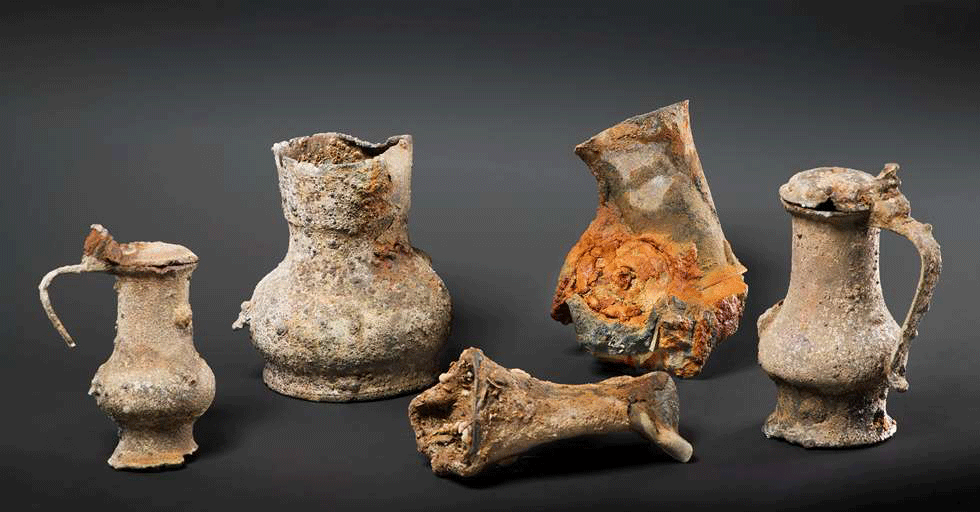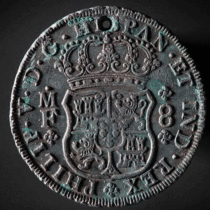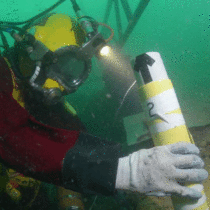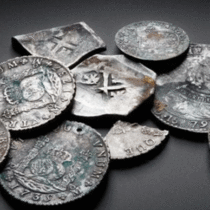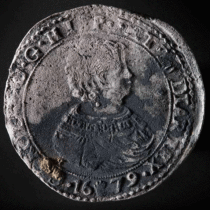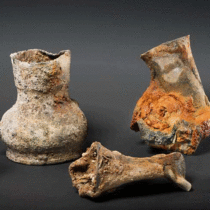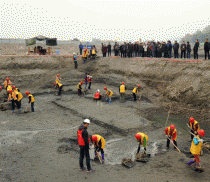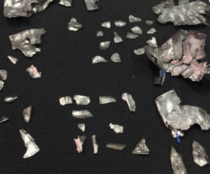Crew members of the 18th-century Rooswijk shipwreck off the Kent coast have been identified. The last archaeological expedition has yielded information on the Dutch East India Company ship’s cargo and crew.
The ship sank in 1740 on Goodwin Sands and all 237 members of the crew were lost. Now researchers have been able to name 19 of them with the use of archive documents, including a senior surgeon on his first voyage and a sailor who had survived a shipwreck.
Regarding the ship’s cargo, although it was bound for Jakarta to buy spices and porcelain and was therefore carrying silver bullion and ingots, the finding of coins with holes in them, indicating they were sewn onto men’s clothes and were not part of the cargo, suggests illegal trade was to be carried out by its passengers.
The shipwreck is officially protected as it is considered of high historic importance. It is the first ship of the Dutch East India ships that has been scientifically excavated by marine archaeologists. Overall 250 of the Company’s ships have sunk and only a third have been found.
The change of tide patterns means excavations need to be done urgently, because the timbers which were protected by the deep silty sand are now exposed to decay and looters.
The Rooswijk’s remains are owned by the the Dutch Government, and managed by Historic England on behalf of the Department for Digital, Culture, Media and Sport. The #Rooswijk1740 project is led by the Cultural Heritage Agency of the Netherlands, in collaboration with Historic England and contractor MSDS Marine.
